The Cardiological Society of India (CSI) has released guidelines for managing dyslipidemia, or high cholesterol. The move assumes importance amid a rising concern over a rise in heart attacks in India’s younger population read more
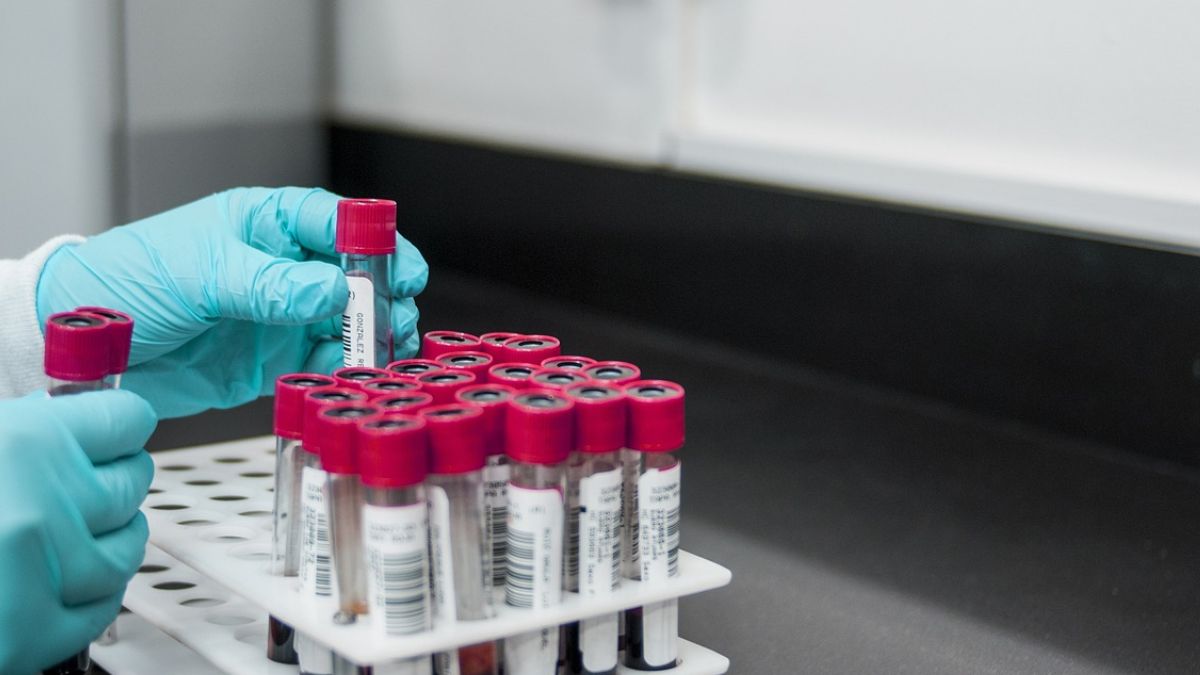)
Experts recommend everyone should have their first lipid profile evaluated at the age of 18. Representational Image/Pixabay
India has seen a surge in heart attacks in younger people in the past years. Recently, a physician body in the country flagged that Indians suffered from cardiovascular diseases (CVD), which include strokes and heart attacks, a “decade earlier” than Westerners.
Dyslipidemia, or high cholesterol, is the biggest risk factor behind CVD. Amid the growing worries about the surge in heart attacks, the Cardiological Society of India (CSI) has released the first-ever guidelines tailored for Indians for the management of dyslipidemia.
Let’s take a closer look.
What is dyslipidemia?
Dyslipidemia, also known as hyperlipidemia or high cholesterol, means there are abnormal levels of lipids (fats) in your blood.
As per a Cleveland Clinic article, excess lipids are bad as they can create obstacles in arteries, restricting the flow of blood in the body.
Low-density lipoprotein (LDL) or bad cholesterol is the “most dangerous type because it causes hardened cholesterol deposits (plaque) to collect inside of your blood vessels. This makes it harder for your blood to get through, which puts you at risk for a stroke or heart attack,” the article read.
If high cholesterol remains untreated, it can lead to coronary heart disease, carotid artery disease, sudden cardiac arrest, peripheral artery disease and microvascular disease.
It can be treated with lifestyle changes, including exercising, eating healthy foods and giving up smoking. Some may also need medication.
What do India’s guidelines say?
The CSI has released guidelines partly based on the European guidelines but modified for Indians.
These recommendations come in the wake of a 2023 study published in the journal The Lancet Diabetes & Endocrinology that found the prevalence of dyslipidemia at 81.2 per cent in India.
The 22-member CSI has said that the level of cholesterol should be less than 100 mg/DL (milligrams of sugar per decilitre) for the general public and low-risk individuals. It also recommended they maintain non-HDL-C (total cholesterol minus good cholesterol) levels below 130 milligrams per decilitre, as per ThePrint report.
For high-risk individuals like those who have diabetes or hypertension, the guidelines set a goal of LDL-C (low density lipoprotein-cholesterol or bad cholesterol) below 70 milligrams per decilitre and non-HDL-C below 100 mg/DL.
According to the guidelines, very high-risk individuals, such as those who have a history of heart attacks, angina, stroke, or chronic kidney disease, should aim for LDL-C levels below 55 milligrams per decilitre and non-HDL-C levels below 85 milligrams per decilitre.
The new guidelines have also marked a shift from traditional fasting measurements. The CSI has suggested non-fasting lipid measurements for risk estimation and treatment.
The CSI has reportedly warned that those who have had recurrent vascular events, such as peripheral artery disease and atherosclerosis, within two years are highly prone to heart disease.
“High LDL-cholesterol and HDL-cholesterol can be controlled with a combination of statins and oral non-statin drugs. If this doesn’t help, injectable lipid-lowering drugs like PCSK9 inhibitors or Inclisiran are recommended,” Dr S Ramakrishnan, Professor of Cardiology at AIIMS, said, as per India Today.
The guidelines state that the first lipid profile should be carried out at the age of 18 or younger for those with a family history of premature heart disease or hypercholesterolemia – high levels of bad cholesterol .
The CSI recommends an immediate change in lifestyle habits and treatment for people with high triglycerides (more than 150 mg/dl), non HDL-cholesterol.
Doctors pointed out that diet and lifestyle are the mainstay for dyslipidemia management.
“Given the dietary habits in India, reducing sugar and carbohydrate intake is recommended, as these contribute more to blockages than modest fat consumption. Regular exercise and yoga, which offer cardioprotective benefits and are culturally relevant, are also recommended,” the cardiologists said.
Why were the guidelines needed?
Indians see 20-50 per cent higher deaths from coronary artery disease than other populations, Indian Express reported citing Dr Milind Y Nadkar, president of the Association of Physicians of India (API).
It is amid such alarming figures that the guidelines have been released.
Dr Pratap Chandra Rath, President of CSI, termed dyslipidemia “a silent killer” as it has usually no symptoms, unlike hypertension and diabetes.
“We needed a set of guidelines for Indians as we are more susceptible to various diseases because of various factors including environmental, genetic and especially lifestyle. These guidelines by the CSI are catered for Indians to help us understand how important lipid profile is when it comes to heart health,” Dr JPS Sawhney, Chairman, Department of Cardiology, Sir Gangaram Hospital, and the Chairman of the Lipid Guidelines, was quoted as saying by India Today.
Speaking to ThePrint, Dr Sawhney said about 50 per cent of Indians who suffer heart attacks are less than 50 years old, with 15-20 per cent under 40.
“These numbers are astounding and nearly 90 per cent of these cases can be prevented if individuals know their risk factors and work to keep their lipid levels below the suggested cut-off range,” he added.
With inputs from agencies

 2 months ago
23
2 months ago
23

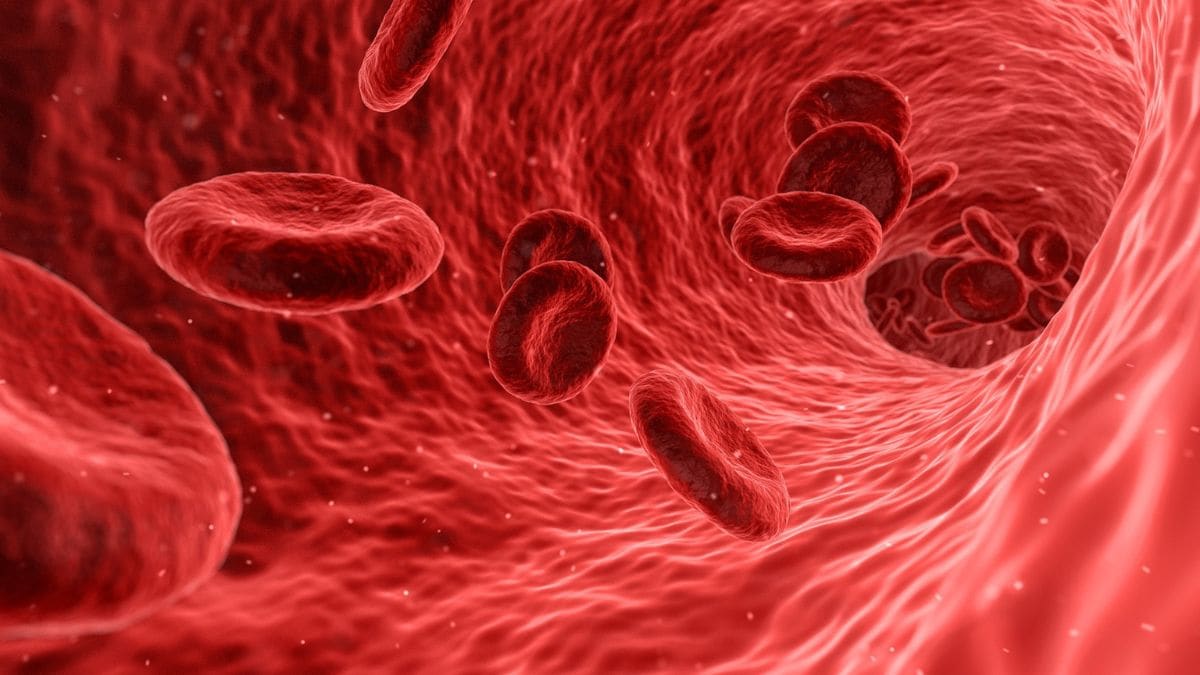
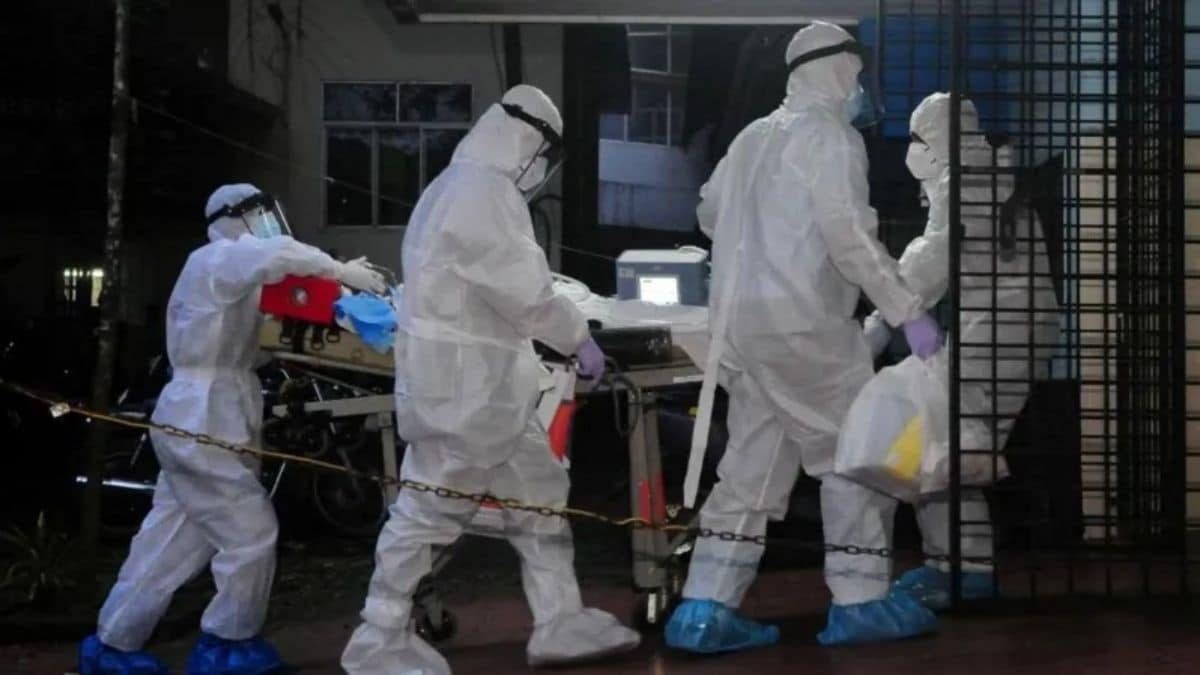






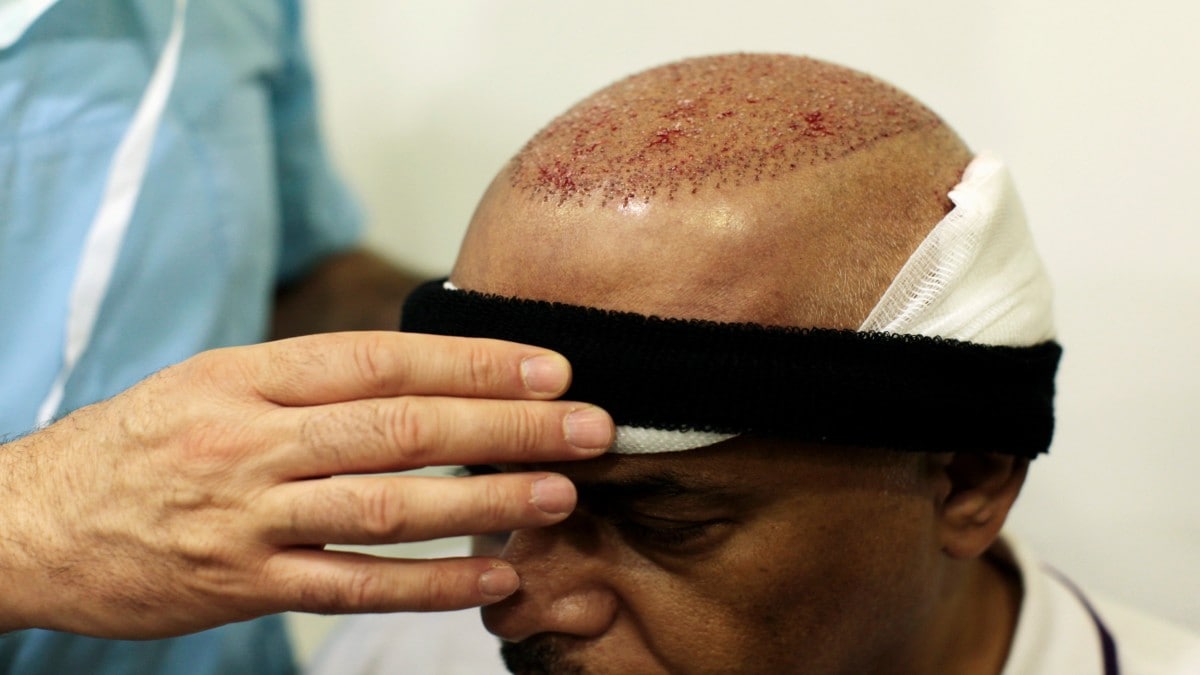




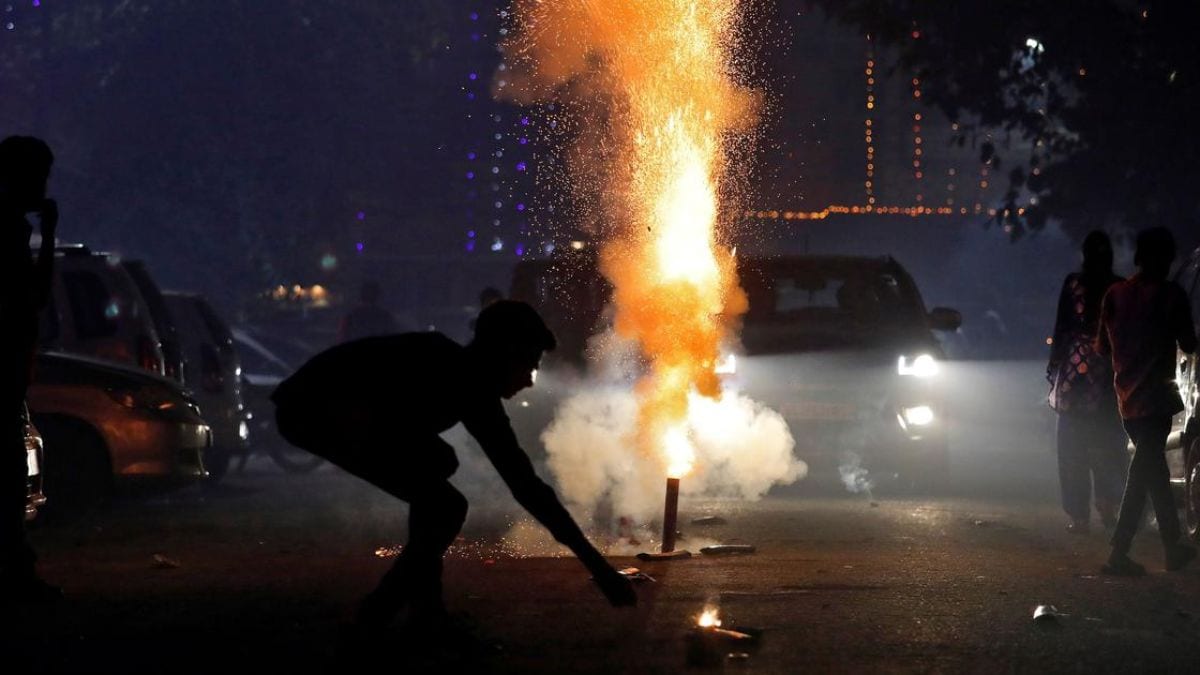
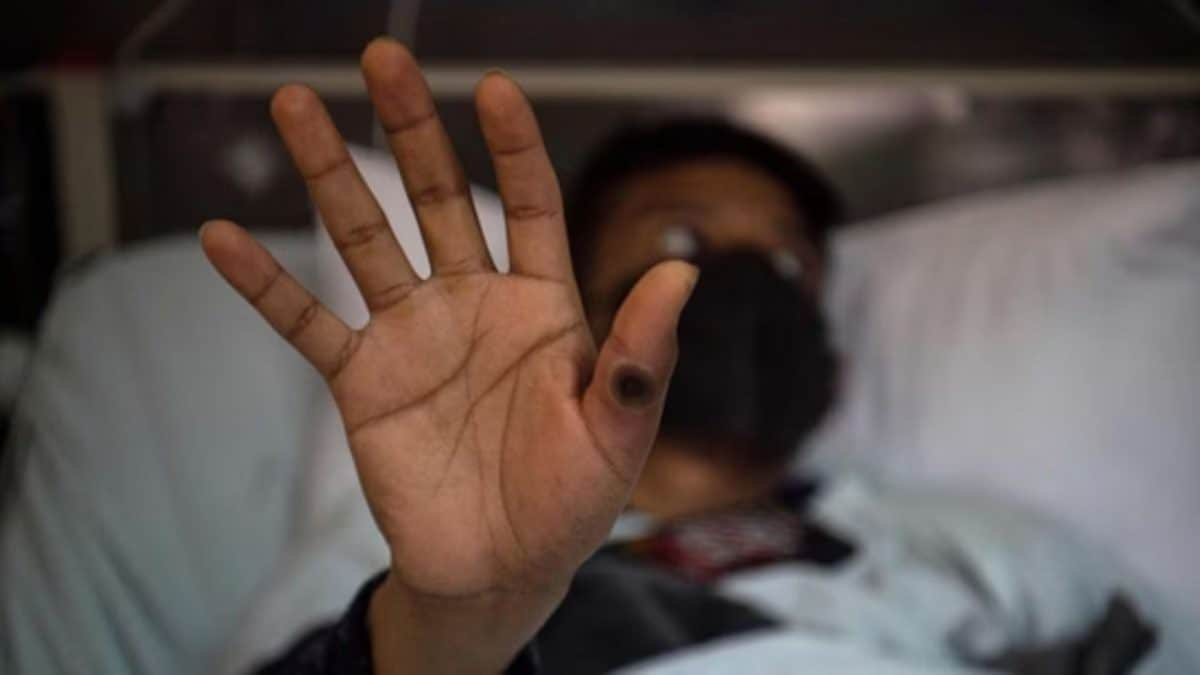
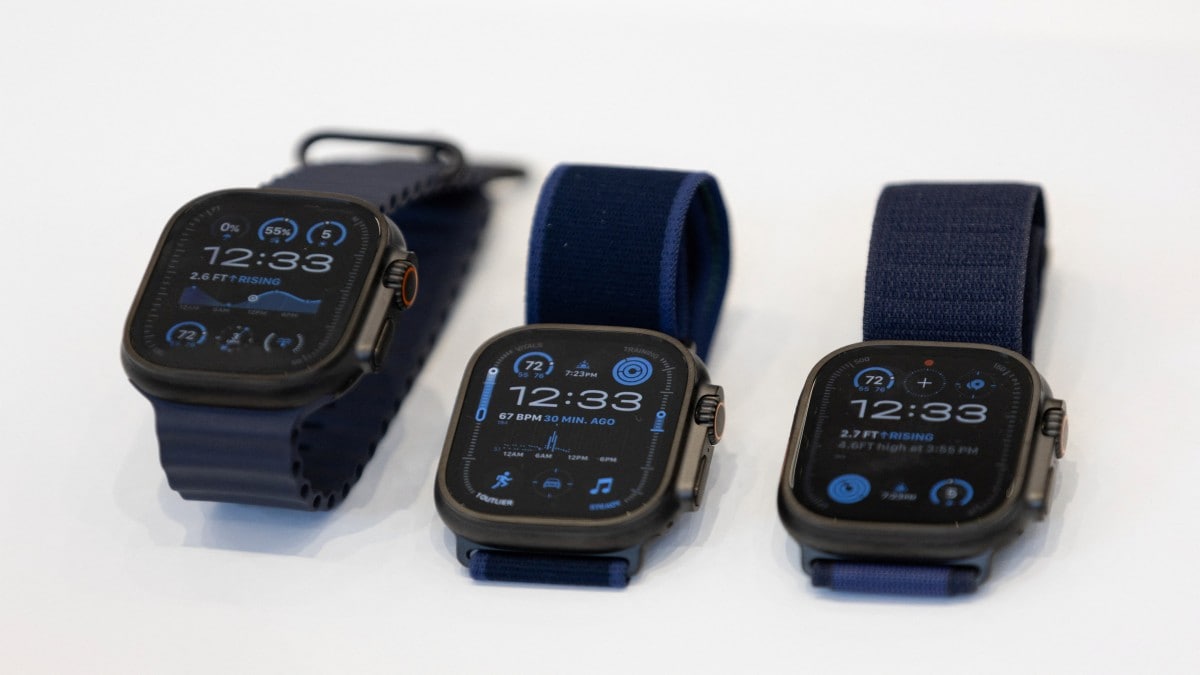

)
)
)
)
)
)
)
 English (US) ·
English (US) ·